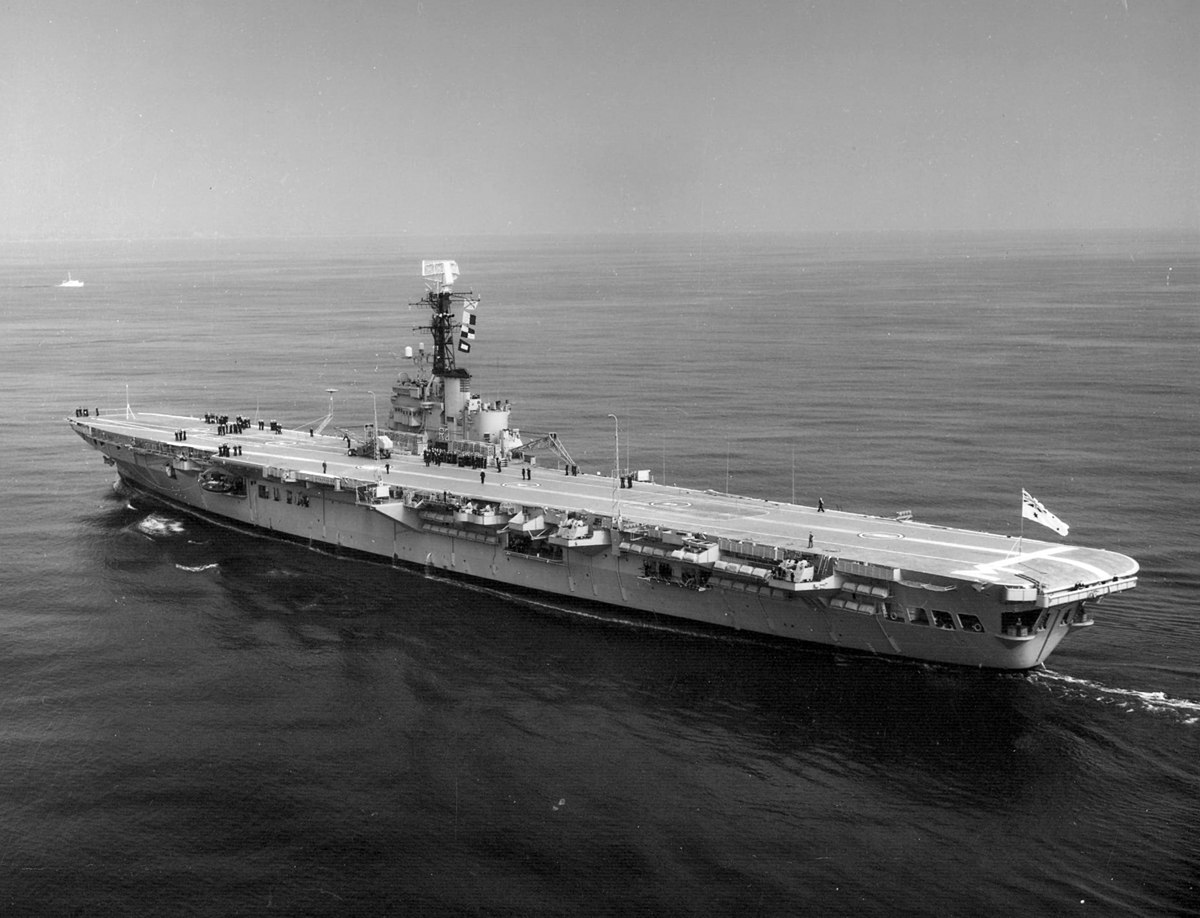Krasnaya Alaska, USSR Battlecruiser laid down 1936
Displacement:
25,652 t light; 27,035 t standard; 28,680 t normal; 29,997 t full load
Dimensions: Length (overall / waterline) x beam x draught (normal/deep)
(704.28 ft / 688.98 ft) x 85.30 ft x (31.17 / 32.29 ft)
(214.66 m / 210.00 m) x 26.00 m x (9.50 / 9.84 m)
Armament:
9 - 12.01" / 305 mm 55.0 cal guns - 934.43lbs / 423.85kg shells, 150 per gun
Breech loading guns in turret on barbette mounts, 1936 Model
3 x Triple mounts on centreline ends, majority forward
1 raised mount - superfiring
12 - 5.12" / 130 mm 50.0 cal guns - 70.97lbs / 32.19kg shells, 150 per gun
Dual purpose guns in deck and hoist mounts, 1936 Model
6 x Twin mounts on side ends, majority aft
16 - 2.24" / 57.0 mm 60.0 cal guns - 6.19lbs / 2.81kg shells, 600 per gun
Anti-air guns in deck mounts, 1936 Model
8 x Twin mounts on sides, evenly spread
4 raised mounts
12 - 0.91" / 23.0 mm 70.0 cal guns - 0.42lbs / 0.19kg shells, 1,500 per gun
Anti-air guns in deck mounts, 1936 Model
6 x Single mounts on sides, evenly spread
6 raised mounts
Weight of broadside 9,366 lbs / 4,248 kg
Armour:
- Belts: Width (max) Length (avg) Height (avg)
Main: 9.84" / 250 mm 459.32 ft / 140.00 m 11.29 ft / 3.44 m
Ends: 1.97" / 50 mm 180.45 ft / 55.00 m 11.29 ft / 3.44 m
49.21 ft / 15.00 m Unarmoured ends
Upper: 1.97" / 50 mm 459.32 ft / 140.00 m 8.01 ft / 2.44 m
Main Belt covers 103% of normal length
- Torpedo Bulkhead - Additional damage containing bulkheads:
2.95" / 75 mm 459.32 ft / 140.00 m 26.15 ft / 7.97 m
Beam between torpedo bulkheads 78.74 ft / 24.00 m
- Gun armour: Face (max) Other gunhouse (avg) Barbette/hoist (max)
Main: 11.0" / 280 mm 5.91" / 150 mm 5.91" / 150 mm
2nd: 4.72" / 120 mm 3.15" / 80 mm 3.15" / 80 mm
3rd: 0.98" / 25 mm 0.39" / 10 mm -
- Armoured deck - single deck:
For and Aft decks: 3.94" / 100 mm
Forecastle: 0.98" / 25 mm Quarter deck: 0.98" / 25 mm
- Conning towers: Forward 9.84" / 250 mm, Aft 9.84" / 250 mm
Machinery:
Oil fired boilers, steam turbines,
Geared drive, 4 shafts, 181,469 shp / 135,376 Kw = 33.00 kts
Range 7,000nm at 15.00 kts
Bunker at max displacement = 2,962 tons
Complement:
1,101 - 1,432
Cost:
£14.068 million / $56.271 million
Distribution of weights at normal displacement:
Armament: 2,069 tons, 7.2%
- Guns: 2,069 tons, 7.2%
Armour: 8,204 tons, 28.6%
- Belts: 2,585 tons, 9.0%
- Torpedo bulkhead: 1,312 tons, 4.6%
- Armament: 1,323 tons, 4.6%
- Armour Deck: 2,587 tons, 9.0%
- Conning Towers: 397 tons, 1.4%
Machinery: 5,092 tons, 17.8%
Hull, fittings & equipment: 10,163 tons, 35.4%
Fuel, ammunition & stores: 3,028 tons, 10.6%
Miscellaneous weights: 125 tons, 0.4%
- On freeboard deck: 100 tons
- Above deck: 25 tons
Overall survivability and seakeeping ability:
Survivability (Non-critical penetrating hits needed to sink ship):
33,691 lbs / 15,282 Kg = 38.9 x 12.0 " / 305 mm shells or 4.4 torpedoes
Stability (Unstable if below 1.00): 1.10
Metacentric height 4.7 ft / 1.4 m
Roll period: 16.5 seconds
Steadiness - As gun platform (Average = 50 %): 50 %
- Recoil effect (Restricted arc if above 1.00): 0.79
Seaboat quality (Average = 1.00): 1.03
Hull form characteristics:
Hull has rise forward of midbreak,
a straight bulbous bow and a cruiser stern
Block coefficient (normal/deep): 0.548 / 0.553
Length to Beam Ratio: 8.08 : 1
'Natural speed' for length: 26.25 kts
Power going to wave formation at top speed: 59 %
Trim (Max stability = 0, Max steadiness = 100): 48
Bow angle (Positive = bow angles forward): 25.00 degrees
Stern overhang: 0.00 ft / 0.00 m
Freeboard (% = length of deck as a percentage of waterline length):
Fore end, Aft end
- Forecastle: 20.00%, 32.81 ft / 10.00 m, 27.89 ft / 8.50 m
- Forward deck: 30.00%, 27.89 ft / 8.50 m, 27.89 ft / 8.50 m
- Aft deck: 35.00%, 24.61 ft / 7.50 m, 24.61 ft / 7.50 m
- Quarter deck: 15.00%, 24.61 ft / 7.50 m, 24.61 ft / 7.50 m
- Average freeboard: 26.64 ft / 8.12 m
Ship space, strength and comments:
Space - Hull below water (magazines/engines, low = better): 99.3%
- Above water (accommodation/working, high = better): 185.0%
Waterplane Area: 40,939 Square feet or 3,803 Square metres
Displacement factor (Displacement / loading): 100%
Structure weight / hull surface area: 168 lbs/sq ft or 820 Kg/sq metre
Hull strength (Relative):
- Cross-sectional: 0.93
- Longitudinal: 1.87
- Overall: 1.00
Adequate machinery, storage, compartmentation space
Excellent accommodation and workspace room
